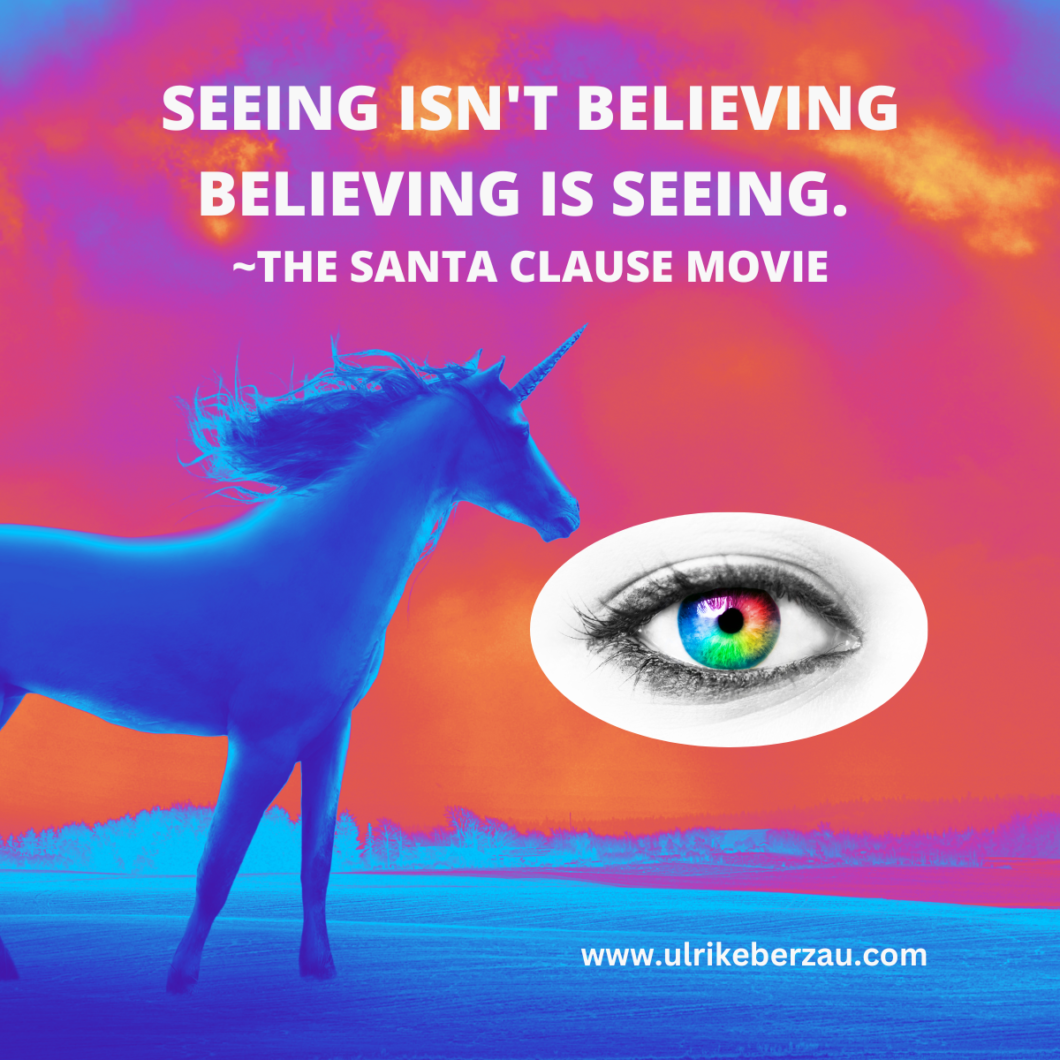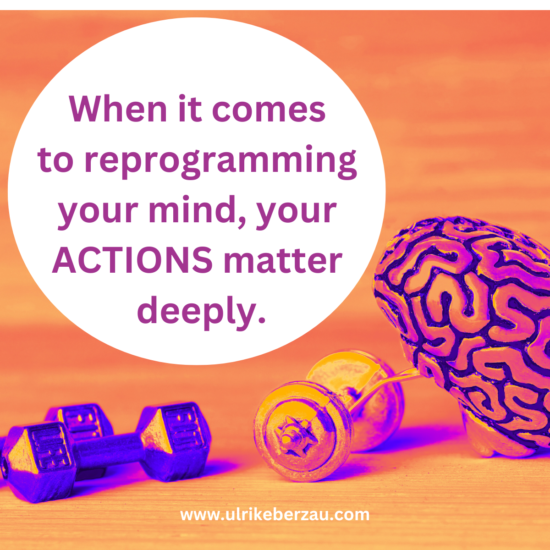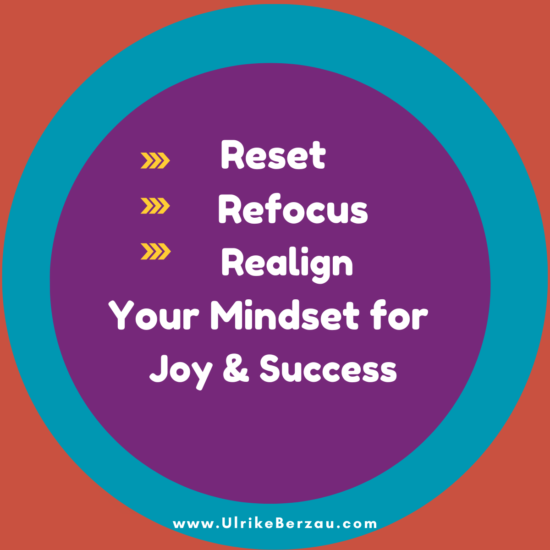In a previous article, I shared that we see things as we are, based on our mental programming, the stories we are telling ourselves and our frame of reference.
This means people see things differently. Everyone is looking through their unique lens of experience, paradigm and frame of reference.
I also shared that our eyes and mind are working together in order to see.
Based on research, humans do not see a direct representation of external reality but a translation formed by their eyes and mind. The brain selects information and translates the information it receives from the eye into something we can mentally comprehend. The story our mind generates does not always match the physical world.
What’s important is that the interpretation is based on our past, our experiences and our mental models. Concepts that were created over time by our environment, experiences and mental conditioning.
Several examples illustrate the brain-eye-past experience collaboration:
Optical illusions, such as the hollow face illusion, showcase the brain’s interpretation of visual input from the eyes, occasionally resulting in misinterpretations rooted in past experiences.
In the blind spot experiment, the brain’s active role in filling in missing information becomes apparent, underlining its crucial contribution to a seamless visual experience.
The collaboration between the eyes and the brain is evident in depth perception, where the brain combines slightly different perspectives from each eye to perceive 3D images.
Synesthesia, where one sensory pathway triggers experiences in another, emphasizes the intertwined relationship between sensory inputs and the brain’s interpretation.
A hugely important area is brain plasticity. When the eyes receive visual input, the brain adapts and learns to interpret these signals, highlighting the dynamic interaction between the eyes and the brain in shaping our visual experience. Examples underscore the brain’s adaptability, showcasing the dynamic partnership between the eyes and the brain in shaping our perception of the world.
How can you use this?
- Increase your awareness to see and experience more of what truly is instead of your interpretation.
- Become aware of your triggers, both positive and negative.
- Understand that the interpretation of images, true or filtered based on our past experiences, causes a reaction in your body. It can be feelings of joy or worry & anxiety, it all depends on how you interpret the image.
- Clear and reprogram your mind to reduce the filters so you can experience the beauty of the moment and increase your intuition and creativity.
- Start with a few simple steps such as breathing, mindfulness, meditation, walking in nature and gratitude.
Contact me to learn Mind Strategies® to reprogram your mind.



